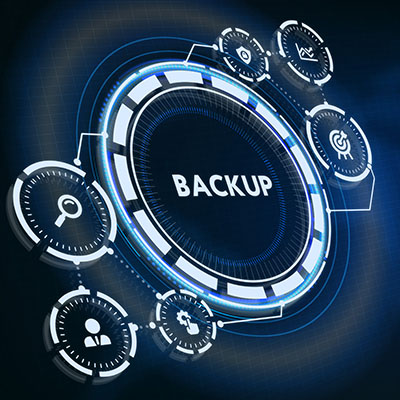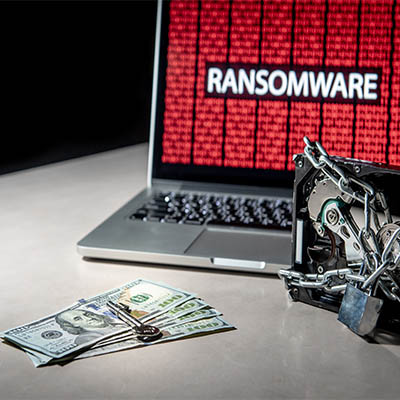We cover data backup and disaster recovery quite a bit, and you might be familiar with some of the terms and strategies we discuss. Today, we’re taking a deeper dive into the 3-2-1 rule and its crucial role in your business’ disaster recovery plan. Let’s explore how the 3-2-1 rule can strengthen or weaken your data infrastructure.
There is an almost comical laundry list of problems that all businesses should be prepared for, but what’s not funny whatsoever is what happens when you fail to do so. The term “BDR” is often used as an umbrella term to describe what kind of preparation your organization needs, and today, we want to dive into some of the details that you should know.
Gone are the days when businesses relied solely on manual tape backups conducted at specific intervals. Modern solutions like automated backup and disaster recovery (BDR) have made the traditional tape backup method obsolete.
When it comes to your business’ data backup and disaster recovery, you want to have clear outcomes that you aim for, as well as metrics that help you gauge success. Today, we want to highlight some of the most important metrics associated with data backup and disaster recovery, as well as the importance of testing your systems. Trust us when we say that a solid data backup and disaster recovery strategy is crucial to the success of any business—including yours.
Every year on March 31st, World Backup Day serves as a dedicated occasion to emphasize the crucial role of regular data backups in ensuring the seamless continuity of information. While this awareness day effectively underscores a fundamental best practice, we staunchly advocate for an ongoing commitment to continually maintaining and protecting backups, extending beyond the confines of a singular day.
World Backup Day, observed on March 31st annually, serves as a designated occasion to underscore the critical importance of regular data backups for ensuring data continuity. Although this day effectively highlights a fundamental best practice, we firmly advocate for a continuous commitment to maintaining and safeguarding backups rather than confining such awareness to a single day.
If you want your business to succeed, you’ll need to make sure you have a data backup solution in place. Additionally, this data backup solution needs to have two specific metrics nailed down: recovery point objective (RPO) and recovery time objective (RTO). Let’s discuss what these metrics mean and why they are so important for data recovery.
When you think of innovation, data backup isn’t always at the top of the list of subjects that come up. As the demand for data security and redundancy grows, however, we are beginning to see some interesting innovative features being added to data backup. Let’s take a look at three interesting new features future data backup systems will include.
Ransomware attacks are notorious for their expense to the victim—largely because of the various costs that come along with successful ransomware infections, including many that might not be expected at first. Let’s review some of these costs, if only to reinforce the importance of avoiding ransomware as a rule.









